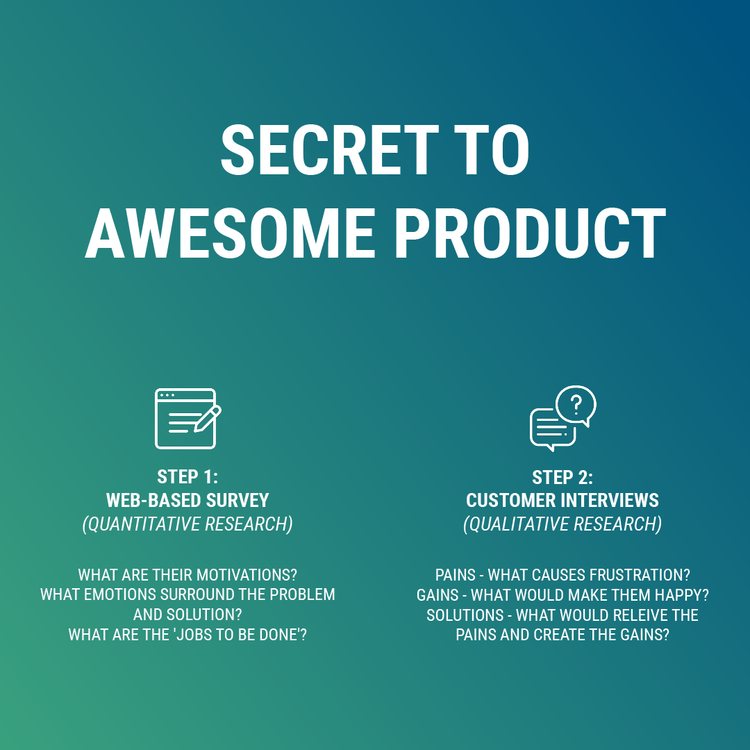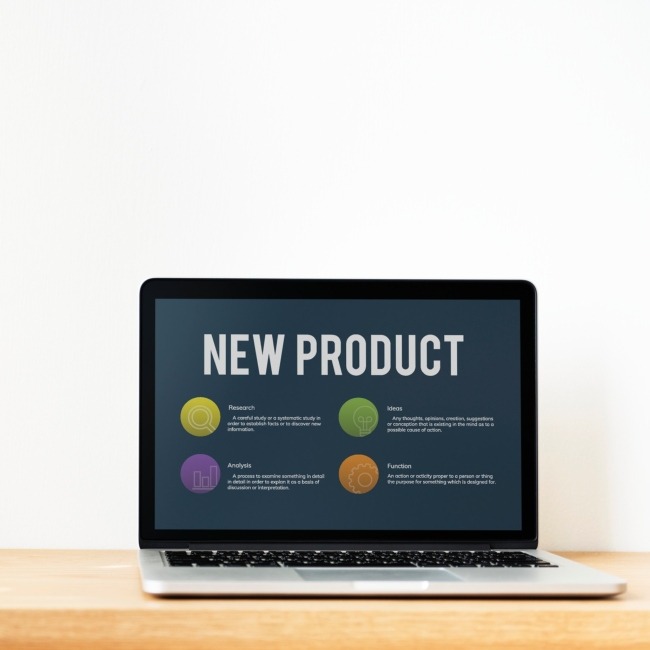The Internet has unleashed a world of disruption: from instant-everything to mobile multi-player real-time experiences all in the palm of our hand. It’s also literally turned our business lives and the way we innovate upside down.
The path to a new product used to be all top down. We used to conduct lengthy market researches. Design abstract forecasts based on best guesses and create long R&D pipelines. We used to write long business plans that were out of date by the time they were finished.
However, we don’t have that time anymore. We work at light speed, and change is a constant. So that means we need to reboot our approach to business innovation and get on the fast track.
The next significant innovation will not come from an extended powerpoint deck. It will come from testing and learning with customers. It’s all bottom-up now, and it starts with rapid insight generation.
Generating product design insights is about quickly identifying customer needs so you can test them with prototypes. The testing part is crucial. Ideas need to be validated and the earlier, the better.
Here are two bottom-up, customer-centric practices that will unlock innovation opportunities in a flash.

Step 1: Web-based Survey Providers (Quantitative Research)
Qualtrics and SurveyMonkey have introduced fantastic tools that help create a survey and recruit participants. The purpose of a web-based survey is helping you understand the baseline of your customer and their needs. As long as you screen your participants carefully and recruit a minimum of 100 respondents – you’ll be generating understanding in no time.
Here are the critical customer insights you want to understand from a product innovation survey:
- What are their motivations? They could be a functional, emotional, life-transforming or social impact.
- What emotions surround the problem and solution? Joy, surprise, anger, sadness, fear or disgust.
- What are the ‘Jobs to be done’? Situation, motivation, outcome.
Step 2: Deep customer interviews (Qualitative Research)
The survey will generate lots of raw ideas based on customers insights. Now you can do some critical thinking and look for the patterns. Is there a particular part of the customer experience that generates much negative feedback? That may be a big problem worth solving! If so, use your customer interviews to dig further.
I recommend that you conduct at least 20 individual customer interviews. These should be approximately 30 minutes of rigorous question and answer. Here are the things you’re looking for in customer interviews:
- Pains – What causes frustration? Usually, things take too long, cost too much and take too much effort.
- Gains – What would make them genuinely happy? What end benefits will help them get their life jobs done?
- Solutions – What would address the problem? You can explore what could be the pain relievers or gain creators.
After completing customer interviews, you had some raw patterns and insights. These transform into opportunities and even possible product features after the customer interviews.
When all this work is done, you’ll have hundreds of small user interactions and dozens of ideas. Importantly you have a sketch of the pains and gains, and their respective pain relievers and gain creators.
By the completion of these two steps, you will have a new found empathy for the customer and taken a significant step towards knowing what they want. Importantly, you no longer need to guess what the customer wants.
After the following step, Rapid Prototyping, you’ll have come a long way towards creating a desirable product for your customer. But right now, if you want to create an awesome product, all you have to do it get out of your seat and reach out to customers and find out their pains.



3 Ways to Avoid Building Crappy Products
Posted at 16:32h, 05 August[…] Let’s assume you have some validated customer pains and gains. If not, you need to read how to do customer research. […]